As winter approaches and brings with it colder weather, many of us will be heating our homes using gas or oil portable heaters or lighting candles in the darker nights. It is important to book a home fire safety visit.
-
Some Courier online content is funded by outside parties. The revenue from this helps to sustain our independent news gathering. You will always know if you are reading paid-for material as it will be clearly labelled as “Partnership” on the site and on social media channels,
This can take two different forms.
“Presented by”
This means the content has been paid for and produced by the named advertiser.
“In partnership with”
This means the content has been paid for and approved by the named advertiser but written and edited by our own commercial content team.
It’s vital to remember these things pose a risk of fire, especially for the people in our communities living with vulnerabilities.
Fife Health and Social Care Partnership, alongside Scottish Fire and Rescue Service (SFRS) and the Fife Adult Support and Protection Committee, want to promote fire safety and make you aware what fire hazards could be present in your own home.
We also want to let you know how to book a vital fire safety visits and where to go for help and information on fire risks.
Who is at higher risk?
Older people in our communities or people who are living with vulnerabilities, including mental health challenges or who have substance use issues, are at higher risk of fires.
But we know that often, they may not always seek help themselves.
That’s why it’s important for family members, friends and professionals to recognise that and take action.
How is fire risk linked to adult support and protection?
In some cases, people at risk of harm due to fire are also experiencing other challenges. These issues can increase their vulnerability.
For example, someone with dementia may forget to turn off the stove, or someone struggling with substance misuse may use unsafe heating methods to stay warm.
Recognising these risks is a key part of protecting vulnerable adults.
What could increase the risk of fire in your home?
Hoarding and clutter: homes with high levels of clutter or hoarding pose a serious fire risk. Clutter can act as fuel for fires and block access for emergency services. Hoarding may also be a sign of underlying mental health issues, which require additional support from social services.
Smoking materials: cigarettes and other smoking materials remain the number one cause of accidental fire deaths in Scotland. It’s important to look out for burn marks or signs of careless smoking. Ashtrays should always be used and emptied regularly.
Winter heating risks: some people may avoid using central heating to save money, but opting for heat sources which have a higher risk. If you are using fewer rooms to save on heating make sure there’s space around heaters, open fires and candles to reduce the risk of a fire in your home. Don’t sit too close and always remember to turn off portable heaters before going to bed.
Sarah Robertson from Scottish Fire and Rescue services explained the risks and said: “We know that some people will be using portable heaters to try and cut their fuel bills. And if you’re using portable heaters, our advice would be to keep them away from furniture, bedding or curtains and never use them for drying clothes.
“When using gas or oil portable heaters and solid fuel heating, you should ensure rooms are well ventilated. And always make sure you have working carbon monoxide and smoke alarms too to keep your home and family safe. There’s lots of useful information and advice on keeping safe when using all types of heaters and equipment.
Why is a home fire safety visit important?
A home fire safety visit offered by the SFRS can help reduce the risk of fire, especially for those living with vulnerabilities.
These free visits involve trained professionals assessing fire risks in the home and making recommendations on how to improve safety. During these visits, firefighters check for compliant fire alarms, educate residents on fire safety and discuss ways to reduce risks.
It’s crucial to spread awareness about these visits. And family members, neighbours and professionals who notice risks should can encourage or refer individuals for a home visit.
Where else do you go for help?
If you know someone who may be at risk of fire—whether it’s a family member, friend or someone you work with—take action today. Phone 0800 0731 999 text 80800 or visit SFRS to book a home fire safety visit.
You can also contact Fife Council’s Adult Protection Line on 01383 602200 to make a referral if you think an adult you know may be at risk of harm, or go online to Fife Council’s website.
By working together as a community, we can reduce the risk of fire and protect the most vulnerable.
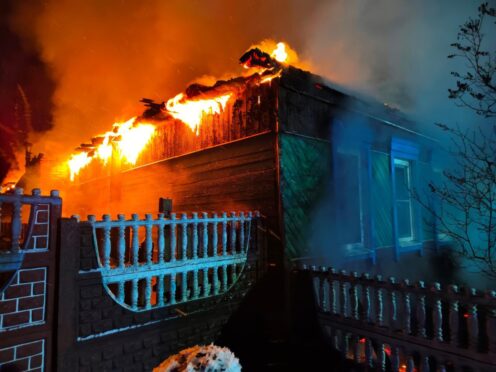
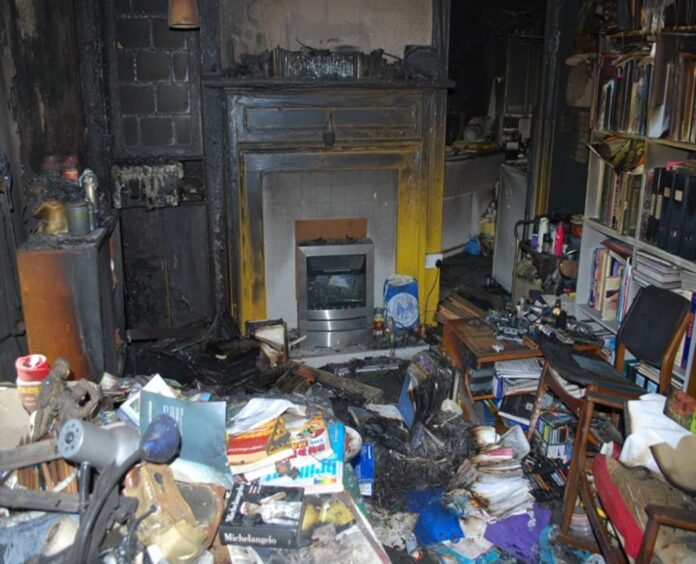
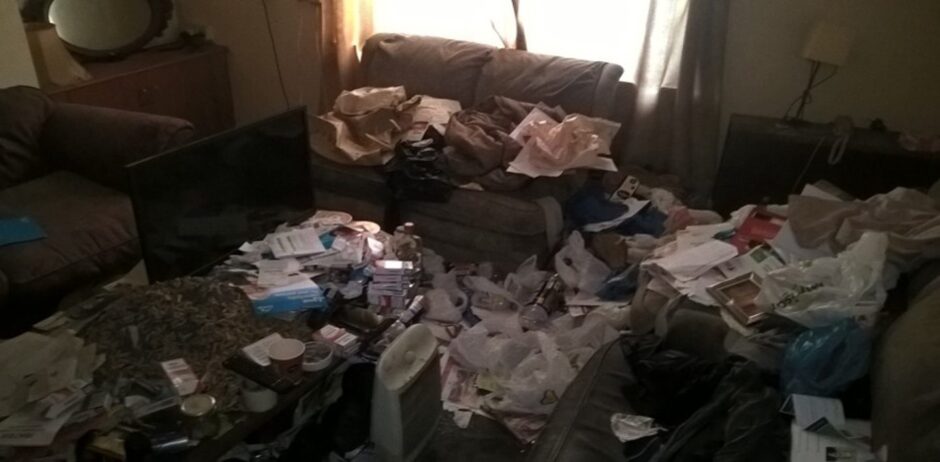






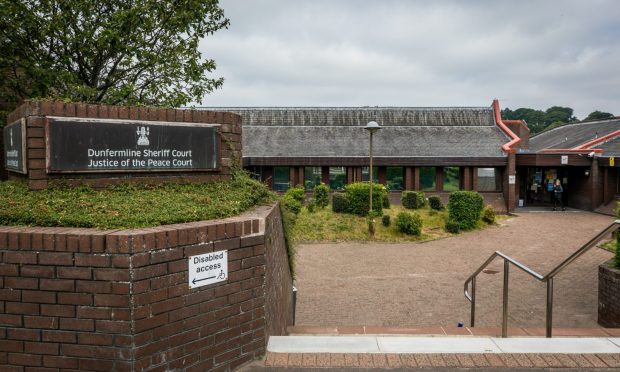


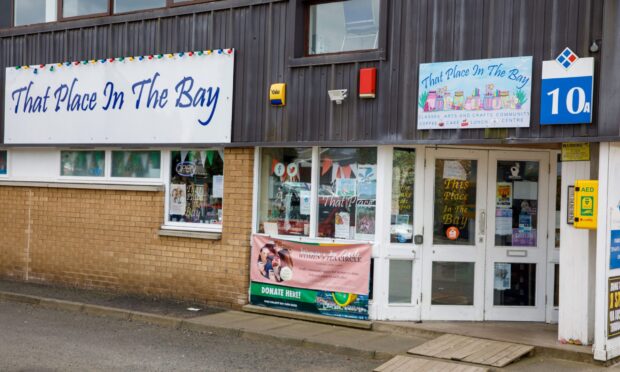
Conversation